by MBF Admin | Aug 9, 2021 | 2D materials, Aerospace, AGM, Angstron Materials, Audio, Development, Graphene applications, Graphene Sensors, Investment, Products, Research, Textiles
A University of Alberta researcher is working with Canada-based Davey Textile Solutions and other industry partners to reduce the risk of faulty protective gear used by firefighters, with a graphene-based sensor that can detect the gradual breakdown in garments from...
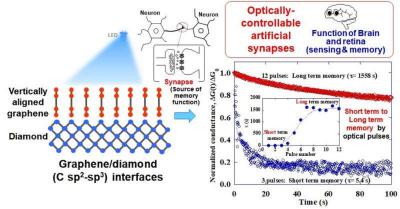
by MBF Admin | Aug 4, 2021 | 2D materials, Aerospace, AGM, Angstron Materials, Audio, Development, Graphene applications, Graphene Sensors, Investment, Products, Research, Technical / Research, Transistors
Researchers from Nagoya University in Japan have designed highly efficient computing devices using graphene-diamond junctions that mimic some of the human brain’s functions.A phenomenon crucial for memory and learning is “synaptic plasticity,” the...
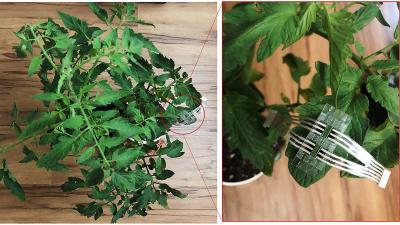
by MBF Admin | Jul 11, 2021 | 2D materials, Aerospace, AGM, Angstron Materials, Audio, Development, Graphene applications, Graphene Sensors, Investment, Products, Research
Researchers from North Carolina State University have developed graphene-based patches that plants can “wear” to monitor continuously for plant diseases or other stresses, such as crop damage or extreme heat.“We’ve created a wearable sensor that monitors plant stress...
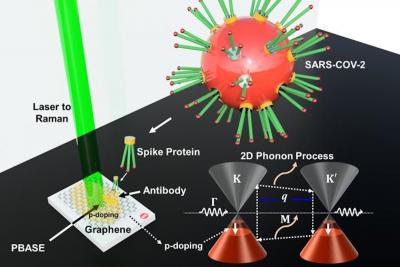
by MBF Admin | Jun 17, 2021 | 2D materials, Aerospace, AGM, Angstron Materials, Audio, Development, Graphene applications, Graphene Sensors, Investment, Medicine, Products, Research, Technical / Research
Researchers at the University of Illinois Chicago (UIC) have used sheets of graphene to rapidly detect COVID-19 in laboratory experiments, an advance that could potentially detect variants of the virus.The white rectangle represents the substrate with graphene...
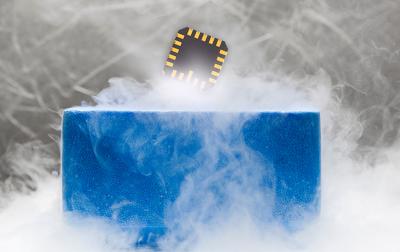
by MBF Admin | Jun 2, 2021 | 2D materials, Aerospace, AGM, Angstron Materials, Audio, Development, Graphene applications, Graphene products, Graphene Sensors, Investment, Products, Research
Paragraf recently introduced the GHS-C Graphene Hall Sensor (GHS), providing a viable approach to measuring magnetic field strengths of 7 Tesla (T) and above, at temperature extremes below 3 Kelvin (K). Graphene Hall sensor enables the accurate measurement of high...
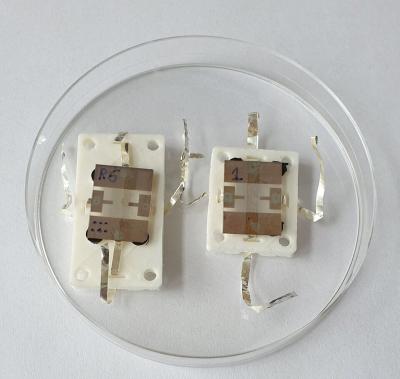
by MBF Admin | May 18, 2021 | 2D materials, Aerospace, AGM, Angstron Materials, Audio, Development, Graphene applications, Graphene Sensors, Investment, Products, Research
The European Space Agency (ESA) has announced that a project it has backed has yielded a combined temperature and magnetism sensor. “Any time we can do more with less is a good result for the space sector,” notes ESA materials specialist Ugo Lafont. “Thanks to the...





